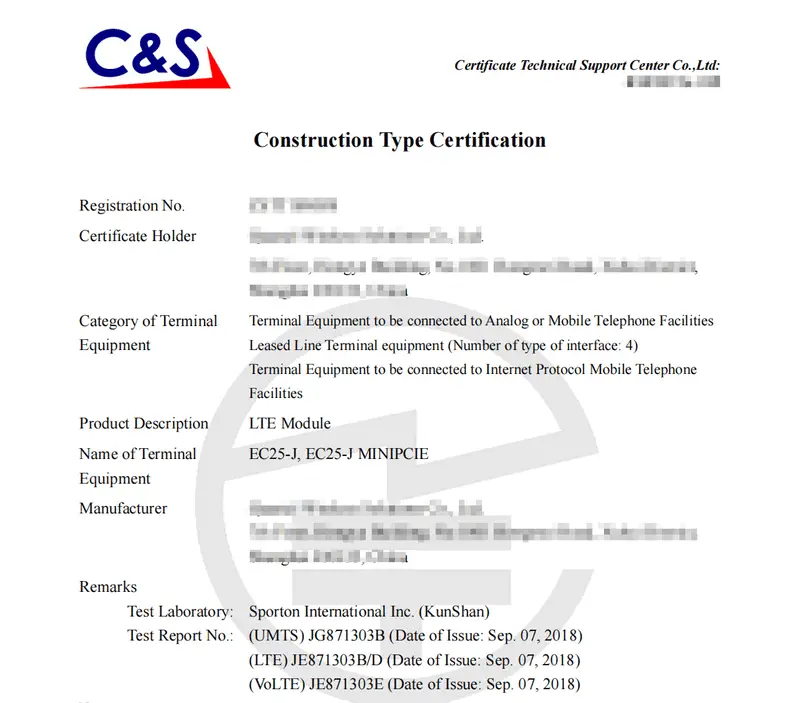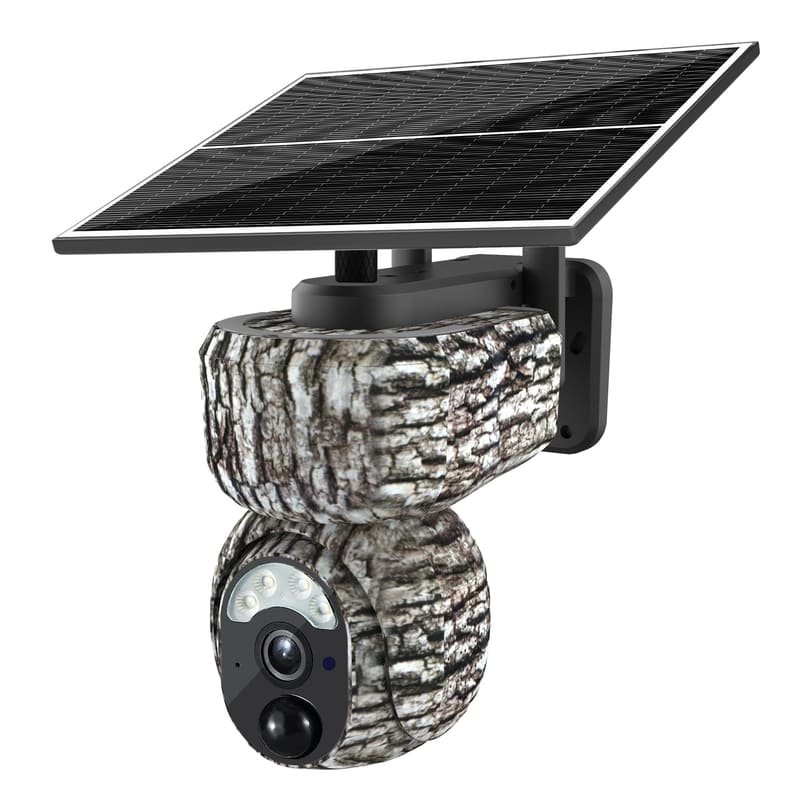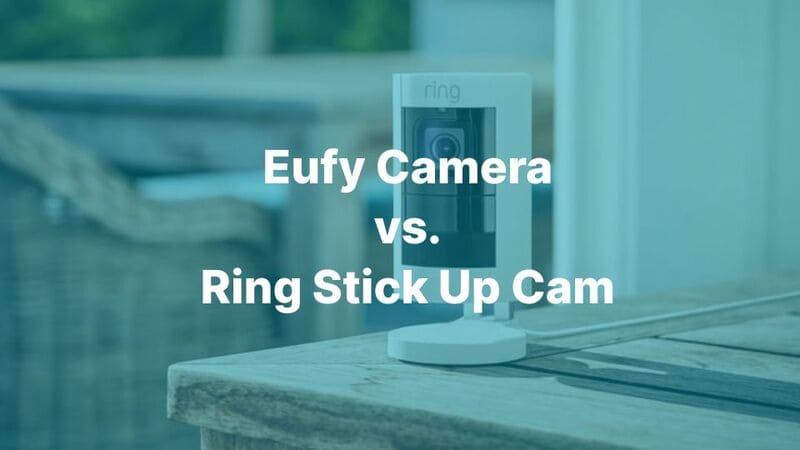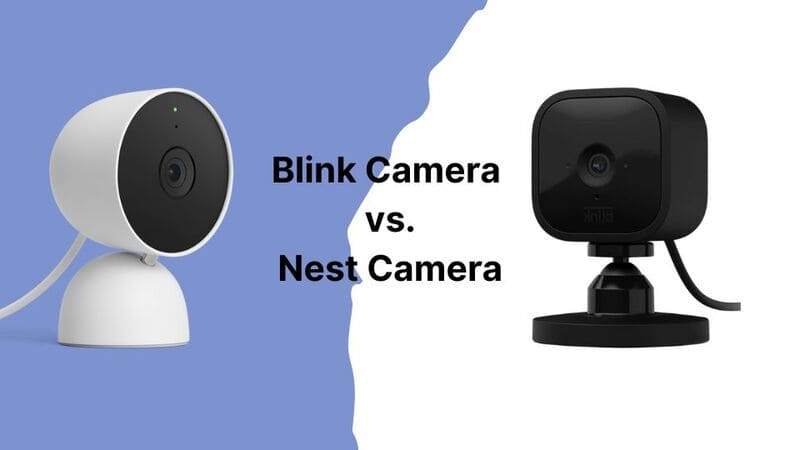Importing 4G solar security cameras into Japan can be a promising venture, given the rising demand for advanced security solutions. However, navigating the import process requires careful planning to meet Japanese regulations and ensure a smooth experience. This guide will help you understand the steps involved, from selecting suppliers to handling customs, making it easier to enter this growing market.

Japan’s security camera market is robust, with the surveillance IP cameras sector projected to be worth USD 2.51 billion in 2025, according to a report by Mordor Intelligence. Within this, 4G solar security cameras are gaining traction, especially for remote locations like construction sites and rural areas, where traditional infrastructure is limited. Leading manufacturers like Sony and Japan Security System Corporation are driving innovation, reflecting Japan’s adoption of advanced security technologies, including AI and high-resolution cameras, as noted in a report by Communications of the ACM.
This article aims to provide a comprehensive overview for individuals and businesses interested in importing 4G solar security cameras into Japan. It covers essential steps, such as selecting the right supplier, understanding import regulations, and ensuring compliance with Japanese standards, helping you succeed in this dynamic market.
Researching and Selecting Suppliers for 4G Solar Security Cameras
Finding good suppliers for 4G solar security cameras in Japan is key. I’ve put together this guide to help you pick the best partners.
Key Factors to Consider
-
Meeting Japanese Rules: Make sure products have Japan’s Telec certification. You can’t sell wireless devices without it.
-
Network Compatibility: Check that cameras work with major carriers, supporting LTE Bands 1, 3, 8, 18, 19, 26, and 28.
-
AI Features: Look for smart functions like human detection and facial recognition. My research shows these features sell well.
-
Power Efficiency:
- Solar panels: I recommend models with 8-20W panels for better outdoor use.
- Batteries: Pick cameras with 15,000-20,000 mAh batteries for longer use.
-
Image and Video Quality: Go for cameras with 4K resolution (8MP). This is now the market standard.
-
Night Vision and Durability:
- Night vision: I suggest cameras with 30m+ range for outdoor areas.
- Water protection: IP67 or higher works best for lasting durability.
Top Manufacturers to Evaluate
- Hikvision
- Dahua
- ICSEECAM
- LS VISION
- Axis Communications
- Sony
- Hanwha Techwin
Supplier Checklist
- Check Telec certification.
- Look at production capacity (10,000+ units/month is best).
- Ask if they offer custom branding options.
- Make sure they provide support in Japan.
- Review warranty terms (2+ years is standard).
- Check delivery timeframes.
- Know their minimum order amounts.
This list helps you find suppliers who match both product needs and business goals.
Pre-Import Preparation for 4G Solar Security Cameras in Japan

1. Get TELEC Certification
Make sure all 4G solar security cameras you import have Japan Telecommunication Equipment Certification (TELEC). You need this certification to meet Japan’s wireless and video safety rules.
2. Check LTE Band Support
Check that your camera models work with these Japanese 4G LTE bands: Band 1/3/8/18/19/26/28/41/42
3. Know Customs Rules
Learn Japan’s import steps, duties, and taxes:
– Import Duty: In 2025, there is 0% import duty for surveillance cameras.
– Consumption Tax: A 10% consumption tax applies to all 4G solar security cameras.
4. Study Market Needs
I recommend researching what Japanese buyers want. From my experience, these features sell well:
– AI-Powered Analytics: Smart motion detection for better security.
– Solar Charging: Green energy options that appeal to eco-minded users.
– Weather-Ready Designs: Tough models that handle Japan’s weather well.
5. Work with Good Makers
I suggest partnering with makers who know the Japanese market. Good TELEC-certified brands are:
– Hikvision
– Dahua
– ICSEECAM
– LS VISION
6. Get Import Papers Ready
Have these papers before shipping:
– Commercial Invoice
– Packing List
– Bill of Lading
– TELEC Certificates
7. Plan for Costs
Set aside money for TELEC certification. Costs run between $3,000 and $8,000 per model.
8. Check Power Specs
Make sure camera solar panels and batteries match Japan’s power standards:
– Voltage: 100V
– Frequency: 50/60Hz
9. Add Japanese Language
I strongly recommend translating all manuals and software into Japanese. This makes products easier to use and helps attract more buyers.
Customs Clearance Process for Importing 4G Solar Security Cameras into Japan
I find that bringing 4G solar security cameras into Japan requires good planning. Here are the main steps and things to consider:
Declaration
- All passengers bringing goods into Japan must declare their items.
- For separate shipments, you need to submit two copies of customs forms.
- I recommend using the “Visit Japan Web” system for faster processing.
Channel Selection
- Green channel: Use this for goods without duty/tax and not banned.
- Red channel: Use this for banned, limited, or taxable items over the allowed value.
Duty Payment
- Pay your duties and taxes in the customs area.
- If your goods cost more than 300,000 yen, you might need to use business cargo steps.
Required Documentation
I suggest having these papers ready for smooth customs:
– Commercial invoice
– Packing list with contents, box sizes, and weights
– Signed bill of lading or air waybill
– Import Declaration Form (Customs Form C-5020)
– Certificate of origin (if you want tax breaks)
– Other papers that Japanese laws might require
Packing and Labeling
- Make sure to pack well and label clearly.
- Your packing list must follow Japanese Measurement Law with weights in metric units.
Customs Valuation
- Japan follows the WTO rules for customs values.
- They mainly use the sale price, with other methods as backup.
Import Licensing
- Some products need import licenses, like dangerous materials, food, and costly items.
- I recommend checking if you need a license and what import limits apply.
Tariff Rates and Consumption Tax
- 4G solar security cameras fall under Chapter 85 (Electrical machinery) and are often Free of duty. Check your HS code to be sure.
- A 10% consumption tax applies to most imports, including these cameras.
Prohibited Items
- Don’t ship drugs, guns, explosives, fake goods, or other banned items. Breaking copyright laws can lead to seizures and fines.
I suggest talking to a customs expert or hiring a local agent to help you follow all Japanese rules.
 Why You Need TELEC Certification for 4G Solar Security Cameras in Japan
Why You Need TELEC Certification for 4G Solar Security Cameras in Japan
You must have TELEC certification to import 4G solar security cameras into Japan in 2025. This ensures your products meet Japanese radio and security rules, giving you these benefits:
- Legal import and sales: No extra tests or permits needed
- Faster customs: Your products clear customs quickly
- Avoid legal trouble: No fines of up to 1 million yen ($8,000 USD per violation)
- Better reputation: Buyers trust you more

How to Get TELEC Certified
The certification has four main steps:
- Testing: Your cameras must pass Japanese tech standards
- Paperwork: You submit needed documents
- Review: Experts check your documents and test results
- Approval: Your products get the TELEC mark
How TELEC Helps Manufacturers
- Easy Updates: Small product changes need simple forms, not full testing
- Save Money: No penalties, border problems, or product recalls
- Stand Out: Beat competitors by meeting all Japan’s rules
Getting TELEC certification makes your products trusted in Japan and helps them enter the market smoothly.
Customs Inspection and Release for Importing 4G Solar Security Cameras into Japan in 2025
Documentation Requirements
To import 4G solar security cameras into Japan, I recommend having these papers ready:
– Import Declaration Form (Customs Form C-5020)
– Commercial Invoice: Include clear product descriptions.
– Packing List: List exact contents with metric measurements.
– Original Signed Bill of Lading or Air Waybill: You need this for transport.
– Certificate of Origin (if applicable): This helps you get better duty rates.
– Papers showing you follow Japanese laws, if needed.
Inspection Process
Japan uses modern tools to check imports:
– X-ray Inspection Equipment: Scans cargo without opening it. A container takes about 10 minutes.
– Advanced X-ray CT Equipment: Makes 3D images to check what’s inside.
– Metal Detector Gates: Finds hidden items like gold.
– Trace Detection Systems (TDS): Finds hidden drugs or explosives.
Clearance Procedures
To clear customs for your 4G solar cameras:
1. Declare your goods to the Director-General of Customs.
2. Your goods might need checking.
3. Pay all customs duties and taxes.
4. You’ll get an import permit after meeting all needs.
Technology Enhancements in 2025
- AI-Assisted Detection Systems: These find risky items during scans.
- Smart Glasses: Help staff share live info during checks.
- Digital Forensics Tools: Check and confirm digital proof.
Timeframes
- Most cargo clears within 1-2 days after arrival.
- Risky or complex items may take longer.
Restricted Items
When you import 4G solar cameras, make sure no banned items come with them. These include:
– Narcotics, guns, explosives, fake goods, and porn.
– Some electronics need extra permits.
Penalties for Non-Compliance
Breaking customs rules can lead to:
– Fines up to 1 million yen (~$8,000 USD) for each offense.
I strongly suggest working with skilled customs brokers or freight companies. Based on my experience, they help make the process smooth and ensure you follow all Japanese import rules.
Post-Import Considerations for 4G Solar Security Cameras in Japan
Customs Clearance
- Ensure all required documentation is accurate and complete.
- Be prepared for potential inspections or additional checks on surveillance equipment.
- Consider hiring a customs broker to streamline the clearance process.
Compliance with Local Regulations
- Verify that imported cameras meet Japan’s technical standards, including TELEC certification for wireless devices.
- Non-compliance risks fines of up to 1 million yen ($8,000 USD) per violation.
Testing and Quality Control
- Conduct thorough testing to confirm cameras meet quality standards and function properly.
- Check compatibility with Japanese cellular networks.
- Verify the efficiency of the solar panels under local conditions.
Localization
- Adapt user manuals, software, and packaging for Japanese language and cultural preferences.
- Ensure accurate Japanese translations for all product materials.
After-Sales Support
- Create a local technical support team or collaborate with a Japanese service provider.
- Provide solutions for warranty claims, repairs, and customer inquiries.
- Maintain an inventory of essential spare parts to reduce customer downtime.
Marketing and Distribution
- Develop a marketing strategy specific to the Japanese market.
- Partner with local distributors or retailers to expand the market reach.
- Consider showcasing products at trade shows such as Security Show Japan.
Software Updates and Maintenance
- Implement systems for regular firmware updates and security patches.
- Ensure updates comply with Japanese data protection and privacy laws.
Recycling and Disposal
- Familiarize yourself with Japan’s electronics recycling laws.
- Set up processes for proper disposal or recycling of cameras at the end of their lifecycle.
Taxation
- Register for Japanese consumption tax if annual taxable sales exceed 10 million yen.
- Maintain accurate records of imports and sales for tax compliance.
Insurance
- Obtain necessary insurance coverage to protect inventory and address potential product liability claims in Japan.
Challenges of Importing 4G Solar Security Cameras to Japan in 2025
Strict Technical Standards
- Japan has some of the world’s strictest technical standards for wireless devices like 4G cameras.
- All imported products must meet TELEC (Telecom Engineering Center) certification requirements.
- Non-compliance can lead to fines of up to 1 million yen (approximately $8,000 USD) per violation.
High-Quality Expectations
- Japanese consumers demand exceptional product durability and reliability.
- Solar cameras must withstand various climate conditions, including humid summers and snowy winters.
- Leading manufacturers like Hikvision and LS VISION design ruggedized products tailored for Japan’s environment.
Language and Localization
- All documentation, user interfaces, and support materials must be fully available in Japanese.
- Mobile apps for controlling 4G cameras should be localized for seamless user experience.
Data Privacy Regulations
- Compliance with the Act on the Protection of Personal Information (APPI) is mandatory.
- 4G camera systems need robust encryption and secure data storage mechanisms to meet data privacy laws.
Competitive Market Landscape
- The Japanese security camera market is competitive and mature.
- Domestic companies like Sekisui Chemical are heavily investing in next-generation solar technologies, challenging foreign imports.
Customs and Import Procedures
- Japan’s customs process for surveillance equipment is complex and may involve additional inspections.
- Working with an experienced customs broker is recommended to streamline the process.
Cultural Sensitivity
- Business success in Japan requires building trust through long-term relationships.
- Attention to detail is crucial to foster good relationships with local partners and distributors.
Environmental Considerations
- Japan’s renewable energy policies are ambitious, targeting 50% electricity from renewables by 2040.
- Solar-powered security cameras align well with these goals but must meet high energy efficiency standards.
By addressing these challenges comprehensively, importers can enhance their chances of successfully entering the Japanese 4G solar security camera market in 2025.
Importing 4G solar security cameras into Japan demands meticulous adherence to TELEC certification, LTE band compatibility (Bands 1/3/8/18/19/26/28), and strict customs protocols. Distributors must prioritize AI features, solar efficiency (8-20W panels), and Japanese localization (language, voltage compliance) to meet market expectations. With Japan’s surveillance market projected to hit USD 2.51 billion in 2025, understanding these steps is critical for wholesalers and e-commerce sellers to avoid fines (up to ¥1 million/violation) and capitalize on growing demand in remote and urban areas.
For Japanese buyers, partnering with certified suppliers like ICSEECAM ensures seamless compliance, reduced risks, and access to top-selling 4G cameras with 4K resolution, IP67 durability, and AI analytics.
Ready to simplify your imports? Contact us today for:
- Free TELEC certification guidance
- Customized product recommendations
- End-to-end logistics support
Email info@icseecam.com or visit icseecam.com to unlock Japan’s security market potential. Let us streamline your journey from sourcing to sales—your success starts here!






